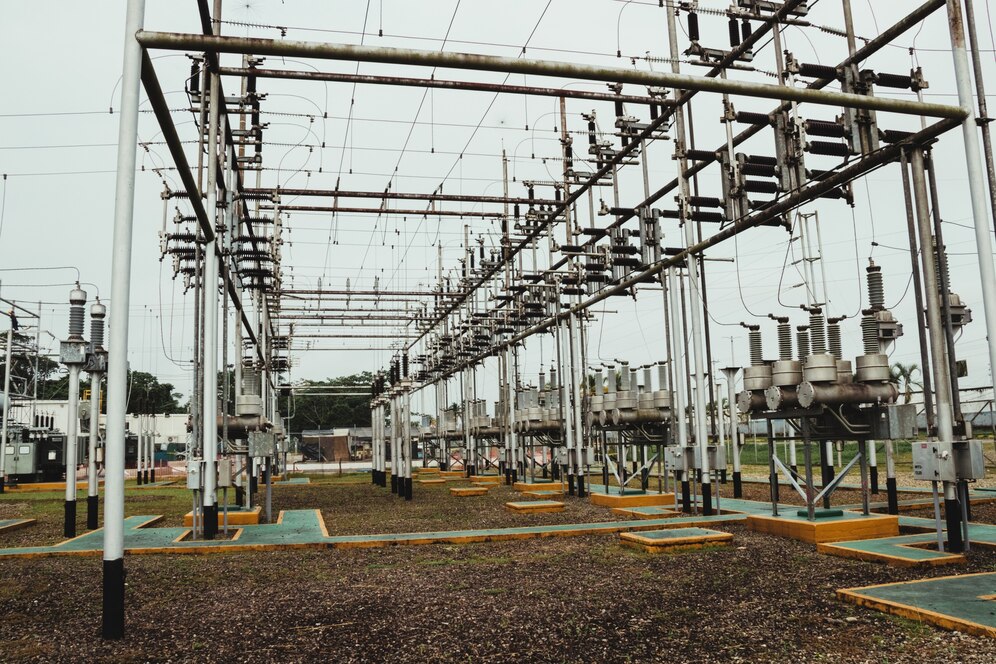Without the proper methods in place, indirect materials tend to build up in inventory for many avoidable reasons. This accumulation not only impacts reliability and productivity but also takes away valuable budget dollars that could be utilized in more efficient ways for staffing and operations.
Our experience in storerooms has revealed that:
- 67% of your MRO spare parts will not be used in the first 3 years;
- 30% of your MRO spare parts will never be used;
- At least 16% of your stock units are duplicated in your item master.
When proper methods are employed, inventory values can easily be reduced by up to 34%. For a typical storeroom with multiple SKU’s, eliminating inflated inventory values can return between $500k to $625k to the budget. Multiply this impact across multiple storerooms and the positive effect on the enterprise becomes significant.
Inventory carrying costs usually amount to 8% to 12% of inventory values. These hard-dollar expenses are very measurable, and minimizing them will have a substantial positive impact on a company’s bottom line.
Reducing inventory values is a methodical, practical activity, but company management must take extenuating factors into consideration and identify where these are impacting results. Examples include:
- Critical spares that may not move from inventory very often;
- Obsolete materials in inventory that are no longer used for an asset / equipment;
- Supplier lead time for stock units;
- Manufacturer’s discontinued part numbers that can no longer be ordered, in which case a cross reference to an equivalent form, fit, function part should be identified immediately;
- Demand forecasting based on usage data or other form of work order history.
All of these extenuating factors require recording, management, and potentially classification. Once this is achieved, the organization can approach them methodically to reduce inventory values. That process starts with quality item master data.
Once an organization has accurate data for both the item master and the asset master, and also has items accurately assigned to the equipment parts lists (“where used”), it will be able to extract more insights from the data.
In our experience firms that gain control of their data in this manner enjoy a ROI of 36%, at a minimum, with a payback period between 12 and 18 months.
To attain this level of accomplishment, we suggest:
- Start with a planning session involving key stakeholders.
- Create an implementation plan and business case with measurable KPIs.
A well-crafted plan enables managers and stakeholders to identify all the factors mentioned above and thereby to create a set of milestones and deliverables broken down by independent and interdependent steps.
The timeline and plan will be dictated by the amount of resources assigned, either internal or external professional services, to accomplish the tasks identified within each milestone.
The bottom line is that by focusing on indirect materials, immediate benefits are realized. Furthermore, a self-sustainable model can be implemented within the enterprise to ensure the sins of the past are not repeated.




